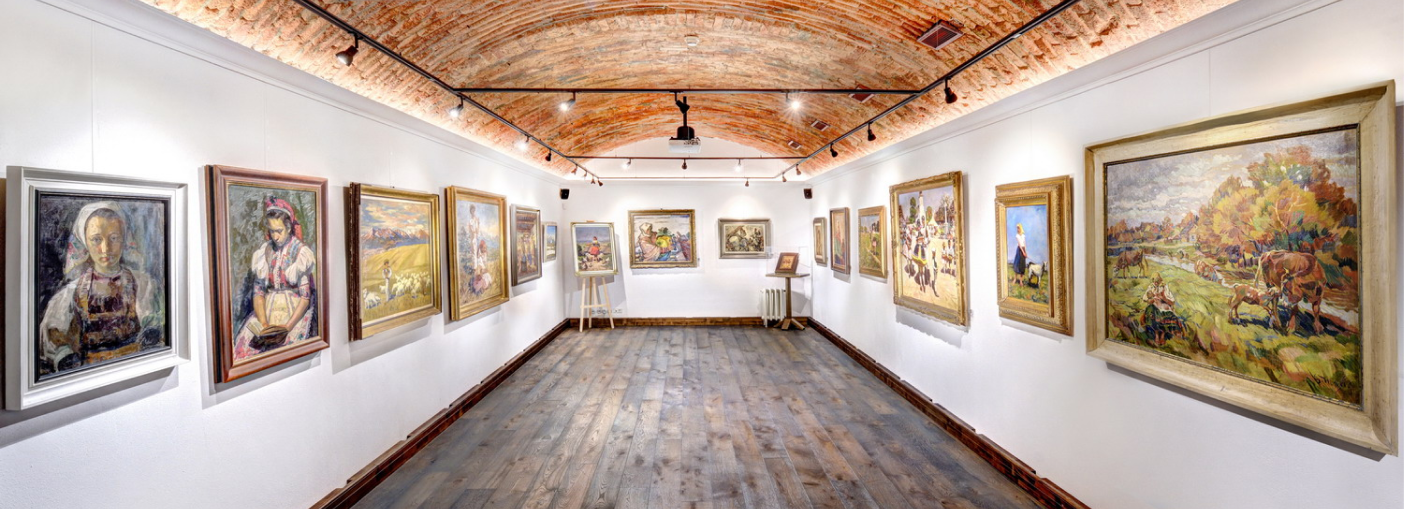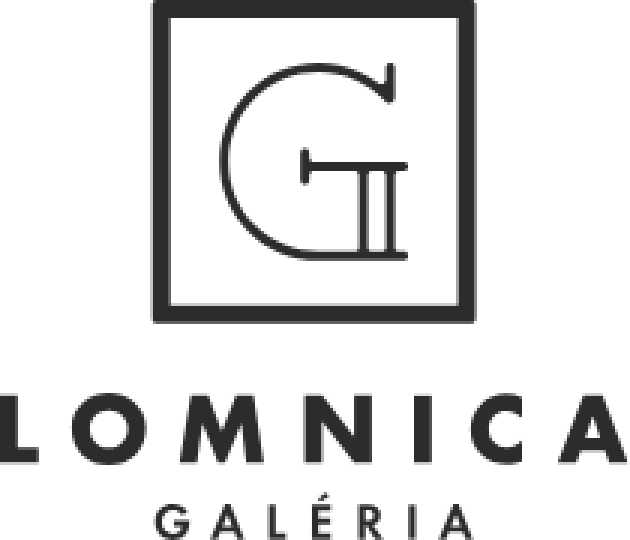
Karol Šovánka was born in 1903 in Uhrovec in the family of a German artisan craftsman, wood-carver and glass-maker. He died in 1961 in Östringen (Germany). He started to study fine arts in the Academy of Fine Arts in Budapest, in the class of professor L. Mátray. As one of the most talented students, he received the offer to continue in the Academy of Arts in Brussels, where he studied under professor J. van der Stappen. After the scholarship in Paris and Berlin, he returned to the academy in Budapest, to professor G. Zala. During his foreign studies, he regularly travelled to Tatra mountains, thanks to invitation of his friends, avid hunters. His admiration of nature, passion for animals and hunting caused him to give up his promising academic career and get a job in the embroidery workshop in the town of Kežmarok. Here, his animalism fully matures in the form of iconographic focus on depiction of game, whose ethology and biology he was closely acquainted with. After the wound that he suffered as a solider at the end of the World War I, he stopped to make sculptures and from then on, he only dedicated his time to painting and drawing of illustrations for hunting periodicals and exhibitions (for the first time at the hunting exhibition in the town of Poprad, in 1926). His work was presented to the Czech public at the exhibition of Slovak art in Prague in 1931, while in Germany (Berlin), he was featured at a large exposition in 1937. In the interwar period, his works were highly appreciated (e.g. he was featured in the selection of the largest and the most important representative exhibitions of Slovak fine arts in New York, 1938). Between 1946 and 1949, Šovánka lived and painted in Topoľčianky and in 1949 he left to join his daughter in the German town of Östringen, where he stayed until his death. The largest collection of author’s hunting-themed paintings can be seen in the Svätý Anton Town Museum and in Dolná Malanta, facility of Agrokomplex – Nitra, a state company. Although Šovánek’s hunting figuralism is based on proper scrutiny of nature and fauna, in his portfolio of expressions, one can also trace a strong sense for the physiology of colours in the respective seasons of the year and an extraordinary work with light, which is a heritage of the late impressionism. However, these formal characteristics can be also found in non-hunting paintings of the author, whether landscapes or urban vistas. Source: Váross, M.: Slovenské výtvarné umenie 1918 – 1945. Bratislava 1960, s. 85; Saučin, L.: Výtvarné umenie na východnom Slovensku 1918 – 1938. Košice 1964, s 52 – 53.
